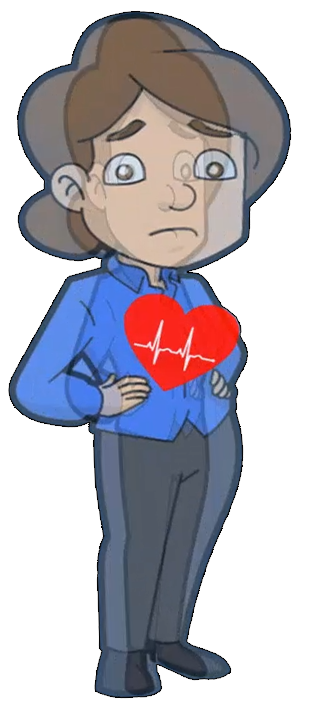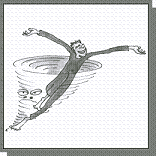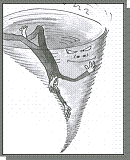 Panic attacks, also known as anxiety attacks, are sudden and intense waves of anxiety that can leave you worried you’re having a heart attack, about to pass out, going crazy, or with any number of other fears that something is seriously wrong with your health. Panic attacks are terrifying in isolation, and panic disorder occurs when panic attacks arise on a regular basis.
Panic attacks, also known as anxiety attacks, are sudden and intense waves of anxiety that can leave you worried you’re having a heart attack, about to pass out, going crazy, or with any number of other fears that something is seriously wrong with your health. Panic attacks are terrifying in isolation, and panic disorder occurs when panic attacks arise on a regular basis.
The most effective treatment for panic attacks and panic disorder is Cognitive Behavioral Therapy, or CBT. In the videos below, learn how anxiety escalates into a panic attack, and how you can use CBT to defuse a panic attack and make it less likely you have panic attacks in the future.

 In a previous post, we looked at the cognitive behavioural therapy (CBT) model of the
In a previous post, we looked at the cognitive behavioural therapy (CBT) model of the  In the cognitive behavioural therapy (CBT) model of depression, one of the reasons that breaking out of depression can be so difficult is that depression generates vicious cycles involving a number of aspects of our lives. Once we get stuck in these vicious cycles, they can be hard to break.
In the cognitive behavioural therapy (CBT) model of depression, one of the reasons that breaking out of depression can be so difficult is that depression generates vicious cycles involving a number of aspects of our lives. Once we get stuck in these vicious cycles, they can be hard to break.